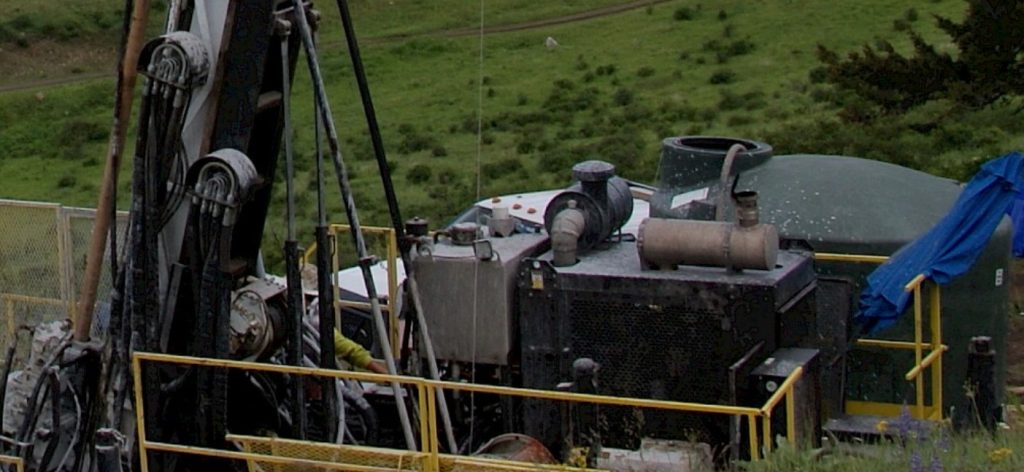Adamera Minerals drill targeting Flag Hill Gold Property, Washington State

Adamera Minerals Corp. [TSXV-ADZ; OTC-DDNFF] has initiated exploration on its Flag Hill Gold Property near Republic in Washington State. The objective is to set priorities for drilling the many known gold veins on the property.
The 100%-owned Flag Hill Property has been held by Adamera since 2013. The Republic Gold District is the largest gold producing area in Washington State. Reported production is +4 million ounces of gold (average grade 24 g/t) and 15.8 million ounces of silver (average grade 110 g/t). Mining in the district ceased in 1996 when Hecla Mining suspended operations. Flag Hill is located on BLM land 10 km from the Kinross Kettle River Gold Mill and minutes from the historic town of Republic.
“Over the past several years, Adamera has mapped and sampled several gold bearing vein sets on the property. Significant surface gold grades range from 3 to 12 g/t. The veins are low sulphidation epithermal, which is consistent with the district. Vein textures exhibit characteristics suggesting a high level of emplacement. This indicates drilling will be the only avenue to test the veins to depth where widths and high grades characteristic of the district might be discovered.
“We like the potential high reward at low cost of conducting exploration near Republic. It is remarkable that practically no drilling has taken place despite a major gold mine being located only one kilometre away,” said Mark Kolebaba, President and CEO of Adamera.
Brief descriptions of some of the targets are provided below:
Flag Hill Vein: The Flag Hill vein trends northwesterly with a known length for 250 metres on surface. It is presumed to continue under cover to the northwest. Mapping has identified a parallel vein 25 to 30 metres to the west.
A 400-ton parcel of ore was reportedly mined from an adit on the vein between 1930 and 1940. The average grade was 7.2 g/t gold and 21 g/t silver. At that time the nearby Knob Hill gold mine was producing high grade ore from another epithermal vein system. The average grade of that deposit was given to be 47 g/t gold and 140 g/t silver.
1957 Vein: In 1957 a single drill hole tested a vein 1000 metres to the east of the Flag Hill Vein. It is reported to have intersected a one-metre-wide vein assaying 41 g/t gold and 277 g/t silver at a depth of 111 metres. Adamera has no other record of follow up to that drill hole or any drill testing elsewhere on the Flag Hill property.
West Vein Target: Quartz boulders containing up to 4.0 g/t gold have been mapped and sampled within a 400 metre long soil geochemical /magnetic low anomaly. The area is covered by overburden with the anomaly trending parallel to the Flag Hill Vein, 250 metres to the east.
Hilltop Vein Cluster: Six other veins of various orientations are exposed as a cluster near the summit of topographic Flag Hill, between the Flag Hill Vein and the West Vein Target. Rock samples from these veins have yielded significant gold values ranging from 3.3 g/t gold to 9.52 g/t with a peak value of 12.4 g/t. The target area is coincident with a broad arsenic anomaly.
All of the above targets exhibit characteristics of high-level epithermal vein emplacement. Epithermal veins are well known for their ability to generate high to bonanza grades in the boiling zone below relatively narrow, low grade surface outcrops. They represent excellent exploration candidates.
